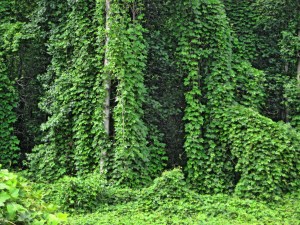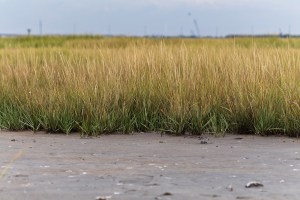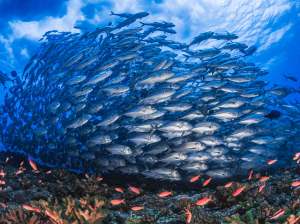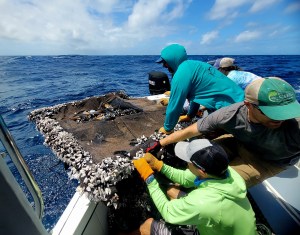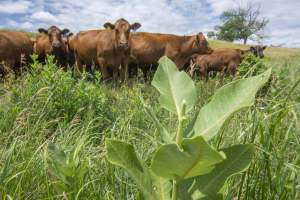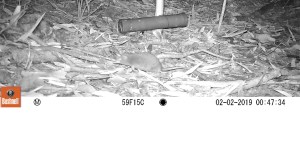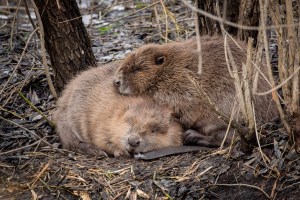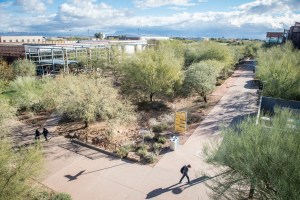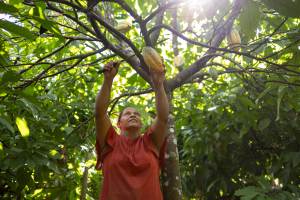Discover stories in Global Policy
One Size Does Not Fit All for Sustainable Livestock Production
Understanding economic, environmental, and social and cultural contexts is essential to achieving sustainable livestock production.
Humboldt Penguins on the Edge
Next time you’re in need of an odd animal fact to fill a conversational lull, consider the nesting preferences of the Humboldt penguin.
How Will Climate Change Affect the Spread of Invasive Species?
Many non-native species will likely flourish under climate change, but there are still things we can do to stop their spread.
The Overlooked Carbon Storage Potential of Tidal Marshes
Tidal marshes may not build forests, but they do build soil. And in that soil they trap, deposit and secure carbon. A whole lot of carbon.
Animals That Turn White in Winter Face a Climate Challenge
Hares, ptarmigans and Arctic foxes all turn white in winter, but as our planet warms, that adaptation may also need to, well, adapt again.
Fish Aggregating Devices Could Enhance the Effectiveness of Blue Water Marine Protected Areas
Research from TNC’s Palmyra Atoll suggests fish aggregating devices could increase the time mobile species spend within blue water MPAs.
How to Catch a Wild dFAD
A small boat, four people, 500 pounds (or more) of rope, netting, floats, rafts and sometimes barnacles. Gloves definitely required.
A Roadmap for Reducing the Climate Impacts of U.S. Beef
Adoption of selected actions, especially around grazing, could reduce greenhouse gas emissions from the U.S. beef industry by up to 30%.
Caught on Camera: the Long-Nosed Chilean Shrew Opossum
Camera traps in the Valdivian Coastal Reserve document an increase in sites where one of Chile's least-known marsupials is known to live.
Bringing Beavers Back to Britain
Nature Conservancy & National Geographic Society extern Eleanor Salisbury shares her experience studying how reintroducing beavers to the U.K. can benefit both nature and people.
How Trees Can Help Fight Rising Heat in Arid Cities
New science shows increasing greening programs in arid cities could reduce air temperatures near people’s homes by an average of 0.5˚C.
Brazilian Family Farmers Use Agroforestry to Improve their Lands and Livelihoods (and Help Fight Climate Change)
Natural climate solutions, like agroforestry, can help protect biodiversity and contribute to the reductions needed to mitigate climate change.


